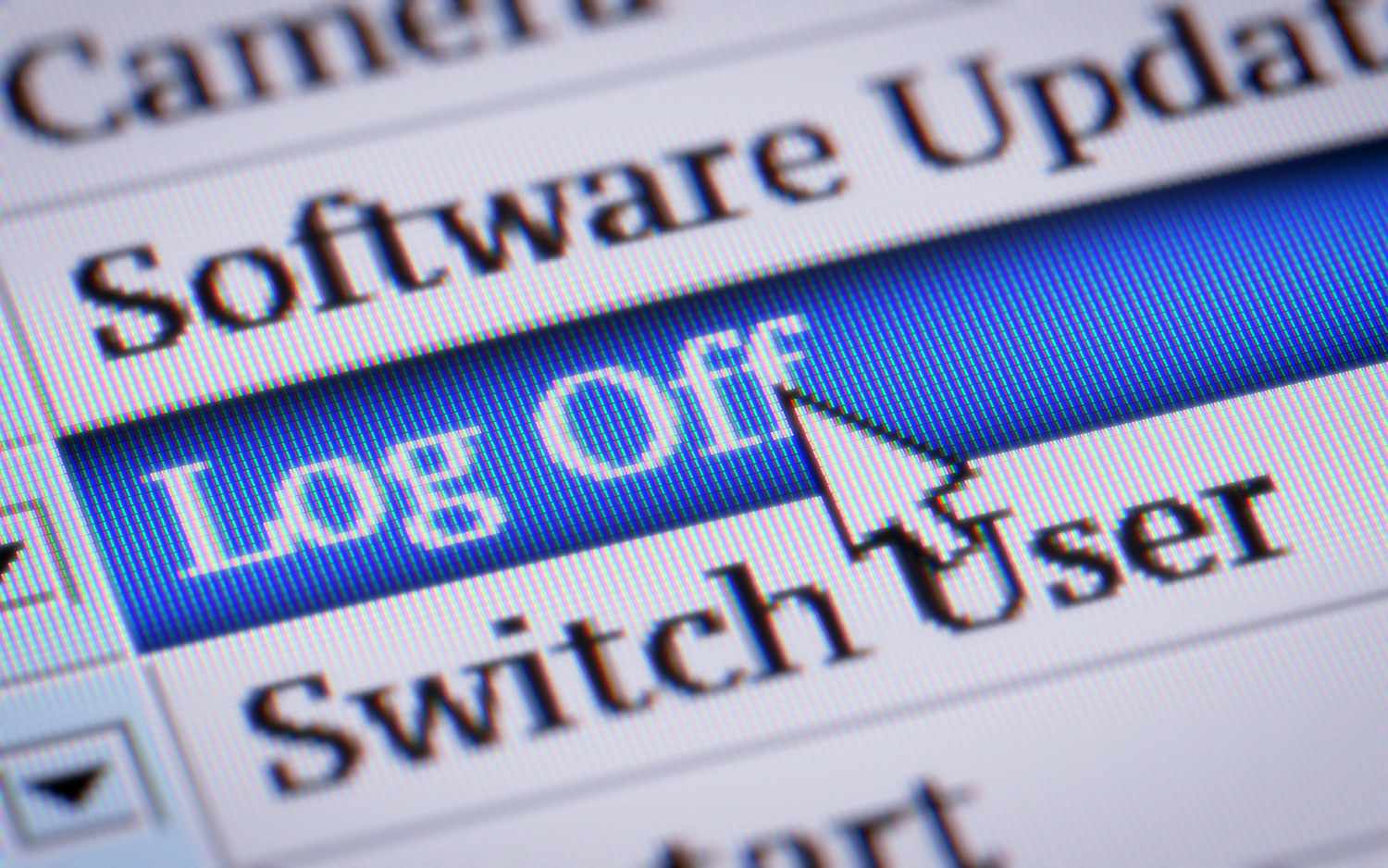
There are many easy, effective strategies you may do to assist brighten your spirits when you’re feeling depressed if you’re in a funk and looking for a solution to improve your mood or calm your nerves.
Clinical psychologist Natalie C. Dattilo, Ph.D., an instructor at Harvard Medical School, tells the media that “there are effective things that we can do you could start doing today and feel better.” There are tried-and-true actions we can take that are both cost- and highly effective.
- Do something kind for someone else.
A fast boost that might also make someone else’s day better? being considerate to others.
According to James Maddux, PhD, Senior Scholar at the Center for the Advancement of Well-Being at George Mason University, “acts of kindness could be natural antidepressants.”
People underestimate the positive effects of these little, random acts of kindness, he says. Numerous studies have demonstrated that doing something to uplift the spirits of others is one of the finest methods to improve one’s own sense of wellbeing.
If you have a full cart and someone else only has a few items, try offering your seat to them on the metro or ushering them in front of you at the grocery store.
- Go outside.
Spend at least 15 minutes outside, strolling in a park or the woods.
According to Katherine Boere, a University of Victoria PhD neuroscience student, “what this is doing is giving your brain a break.”
amid a recently released study, Boere and her coworkers demonstrated that going outdoors amid the greenery of nature for just 15 minutes “can have profound effects on both cognition and mood,” she claims—far more so than if one walks inside in an urban setting.

- Relate to others
In both good and bad times, we all need someone to share and lean on. Additionally, studies have demonstrated that this form of social support might fend against depression.
The American Psychological Association’s president, Thema Bryant, PhD, tells PEOPLE that relationships are therapeutic.
According to her, “we frequently shut down on our communication with people when we’re depressed, anxious, or ashamed, which can frequently put us in a deeper hole.”
However, making connections with other people—whether in person or virtually—”is a reminder that we are not alone. We are not required to live in seclusion.
- Exercise
The neuronal connections in the brain are altered by exercise, “connecting parts of the brain that increase sensitivity to pleasure,” according to her. It means that everything you do is more fun and gratifying as a result.
According to research, aerobic activity like jogging or brisk walking is good for you, but so are quick, intensive workouts that make you sweat and elevate your heart rate, like jumping jacks, sit-ups, or a plank, she says.
“And once you can get your heart rate up, then you get to let it come back down,” adds Datillo. “There’s often a wave of relaxation that we feel.”

- Convey your thanks
According to research, gratitude and recognizing your blessings can lift your spirits.
Write down “the things you are grateful for,” for five minutes, three times per week, suggests Maddux. This can be especially helpful when it’s harder to pinpoint what makes you feel good.
“Take [the list] out and look over it and remind yourself that, Even though today I feel pretty crappy and this pretty crappy thing happened to me today, putting it in perspective, things are pretty good,” he advises.
- Pursue breath work
Conscious breathing exercises can improve mood in as little as five minutes per day, according to Boere. It provides your brain with a reprieve from the constant stimulation.
Researchers demonstrated in a study that was published in Cell Reports Medicine that doing breathwork for five minutes each day might boost happiness and lessen anxiety.
In particular, cyclic sighing, a type of breathwork, can help you feel better and swiftly relieve tension. To practice it, take a deep breath in through your nose, add a little extra air to fill your lungs completely, and then slowly let it out through your mouth.
To view a tutorial on cyclic breathing, click here.





